If you are going to the forest for a quiet hunt, you should familiarize yourself not only with the edible fruits, but also with the poisonous representatives of the mushroom world. In Crimea, a huge number of the most diverse species grows, among which there are many false and poisonous mushrooms. Eating inedible fruits can cause poisoning or even become a deadly dish.
Content
Inedible Mushroom Locations
The Crimean peninsula is a great place for lovers of quiet hunting. Due to the warm climate, many mushrooms grow there, among which inedible specimens are often found. Mushroom places are found in the steppe zone, especially mushroom pickers praising the estuaries Donuzlav and Sasyk. The village of Marmara is rich in chanterelles, with which false chanterelles live. Inedible fruits are often found in the mushroom places of Mount Demerdzhi, Luchisty and in the mountainous regions of the peninsula.
In the eastern part of Crimea, among false mushrooms, false counterparts also grow. Harvested carefully in the forests of Feodosia, Sevastopol and in the region of Bakhchisarai.
Deadly poisonous mushrooms in Crimea
Mushroom pickers in the whole country number about 30 dangerous mushrooms for humans. They differ not only in appearance, but also in the degree of toxicity. On the Crimean peninsula, the most dangerous are:
- whitish talker;
- red fly agaric;
- death cap;
- sulfur-yellow false foam.
These species are mainly disguised as edible fruits, a photo and description will help you orient yourself when choosing, but with an 100% probability only an experienced mushroom picker can distinguish them.
Whitish talker
The fruit body of the talker does not have clear boundaries between the hat and the leg. Young ones have a convex hat, which becomes saucer-shaped as the fetus grows. A white hat can reach a diameter of 4 cm. There are talkers with a gray, pale pink or whitish shade of the surface, on which you can notice a powdery coating. With high humidity, a dry hat usually becomes slippery and sticky.
The pulp is white in color and does not change color in places of cut. The smell of the fruit is pleasant, with sweet notes. Mature specimens have a hollow leg, and in young individuals it is very dense.
The whitish talker loves to grow in groups in open woodlands, meadows and cattle walking areas. An amateur mushroom picker can take her for an edible meadow mushroom or a hangman.
Amanita muscaria
This species has a rather striking appearance, so it is simply impossible to mix it with edible fruits. The fly agaric leg can grow up to 20 cm in height and about 2.5 cm in width. Young individuals are characterized by a hemispherical hat, which becomes umbrella-shaped with age. White warty scales are clearly visible on the red hat.
Amanita muscaria prefers acidic soil in predominantly coniferous forests, but is often found in mixed forests. When ingested, fly agaric can cause hallucinations. And the use of a large number of these toxic fruits can cause human death.
Death cap
And with this representative of the genus Amanita should get to know better, because it belongs to deadly poisonous mushrooms. This species prefers to live on fertile soil in bright beech and mixed forests. Pale grebe grows to 18 cm. The hat is gray or greenish. The young toadstool has a hemispherical hat, but as it grows, it takes on a flat shape. White pulp does not have a particularly pronounced taste and smell.
A distinctive feature of the pale grebe is the presence of a white Volvo, which is often hidden under the ground or leaves. If desired, it can be found at the base of the legs. Grebe can be confused with russula or champignon mushrooms. It is important to remember that champignon plates darken over time, while other similar species lack a leg ring.
Soaking or boiling for a long time is not able to remove the poison from the fruit body of the grebe, so you must be extremely careful when harvesting the forest. Even 30 g of poisonous fruit can lead to death.
False Foam Sulfur Yellow
Sulfur yellow false foam belongs to the genus Hyphola. Its appearance is very reminiscent of the edible species of meadow and autumn mushrooms. The main difference from these mushrooms is the absence of a ring on the leg.
The hat of the poisonous representative of the genus reaches 7 cm in diameter. Young individuals have a bell-shaped hat that straightens with the age of the fruiting body. The color of the surface and pulp is sulfur yellow. The flesh can be whitish, has a pronounced bitter taste and an unpleasant odor. The false honey agaric grows up to 10 cm. The leg is fibrous and even.
Poisoning with this species occurs already in the first hours after consumption. A person sweats profusely, vomits and may lose consciousness.
Medium Mushrooms
These fruiting bodies can cause acute poisoning of the body, but fatal cases are extremely rare, unlike deadly species.
False fox
Some sources claim that the false chanterelle belongs to conditionally edible mushrooms, but most of them claim that the fruit is poisonous. Therefore, it is better not to risk health and collect only edible chanterelles.
The shape of the hat is convex or funnel-shaped. The hat (up to 5 cm in diameter) is colored yellow or golden. Its center is much darker than the edges. The pulp has a very unpleasant aroma and is colored in yellow-orange tones.
You can meet the false fox in mixed forests from August to November. You can distinguish an edible fox from a false one by the leg, which in the poisonous species has a red color with an orange tint. In addition, the foot of the false fox is much thinner.
White row
The hat of the poisonous fruit reaches 10 cm in diameter. Its surface is gray-white, always dull and dry. The middle of the hat in mature specimens is covered with ocher spots and painted in brown with a yellow tint. At an early stage of maturation, the hat is convex in shape with the edges turned inward, and with age it becomes open-convex in shape.
The length of the legs varies between 5-10 cm. Often there are individuals whose legs are covered with powdery coating. The white flesh in the places of the cut acquires a pink hue. The pulp of young rows is odorless, and in adult fruits it is pronounced and resembles the smell of radish. The taste of pulp is pungent and quite burning. The use of white rowovka causes severe gastrointestinal upset.
Satanic mushroom
The satanic mushroom is a close relative of the edible boletus. You can meet him in the Crimean mixed and oak forests. The satanic mushroom begins to bear fruit in July, and you can meet it until October.
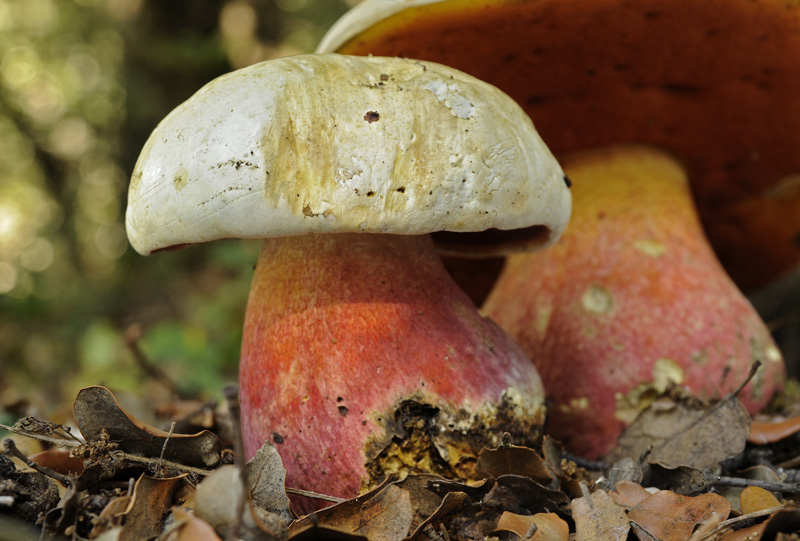
The hat in diameter reaches 10-30 cm.Its shape is hemispherical, and in adulthood it becomes a little prostrate. The hat can be painted dirty gray, olive gray or whitish. Often there are specimens with greenish or yellow with a pink tint stains. The white flesh, when damaged, turns blue or turns red. Old fruits have an unpleasant odor.
The leg of the fetus narrows to the cap and grows to a height of 15 cm. On it you can notice a mesh pattern with roundish cells. The leg has a barrel-shaped or spherical shape.
Champagne dark-scaled
Dark-scaled champignon is a poisonous double of forest champignon. A hat of an inedible species in diameter grows about 5-8 cm. Young mushrooms are characterized by a spherical hat, which, as it grows older, becomes convex and prostrate. The color of the surface may be white or brownish. On a hat small scales of light brown color are distinctly visible.
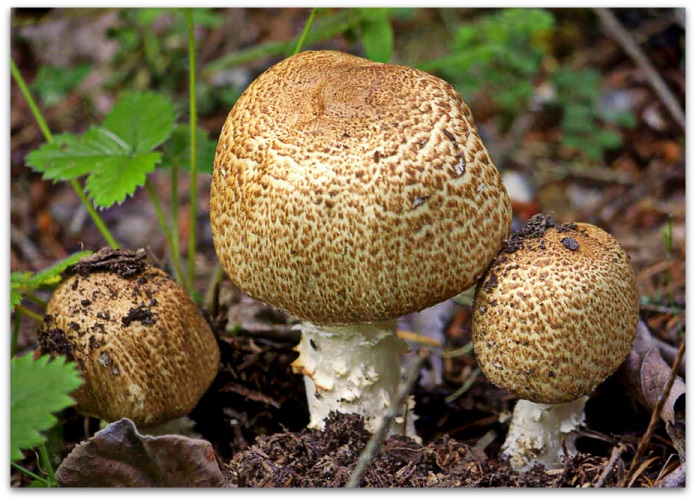
The fruit leg is smooth and has a tuber-like thickening near the base. The leg height can reach 8 cm. A ring is formed on the leg. The soft flesh is white and has a slight unpleasant odor.
You can distinguish poisonous champignon at the place of cut. The flesh of the champignon smells good, and the place of the cut slowly takes on a red tint. The poisonous fruit is characterized by an unpleasant odor, and the flesh on the break becomes yellowish.
Answers to Common Questions
Among the variety of Crimean mushrooms, false and poisonous specimens can often be found. Before a quiet hunt, it is worthwhile to carefully study precisely the dangerous species, because not only health, but also life can depend on this knowledge.

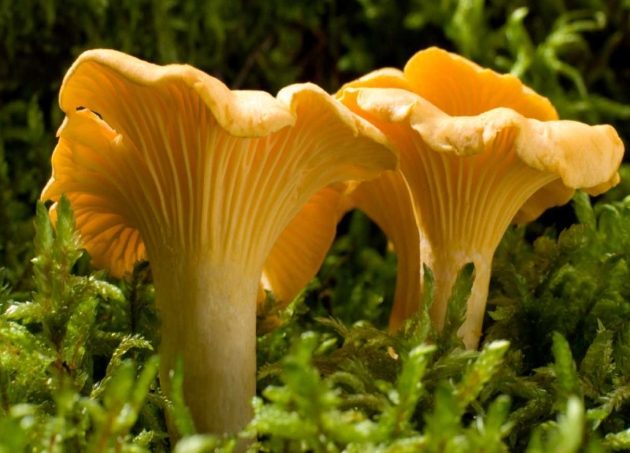
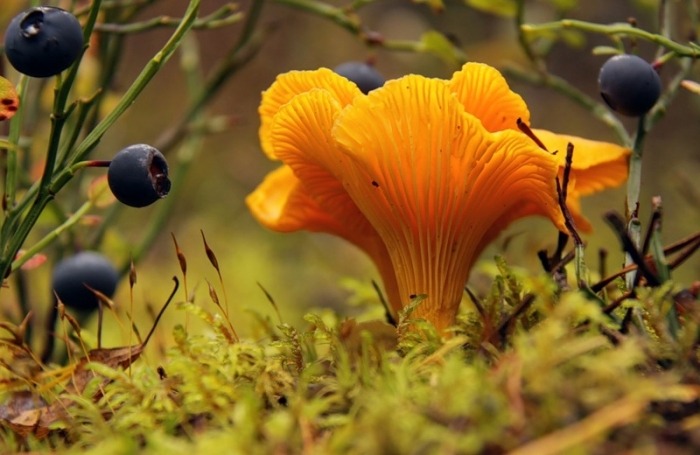

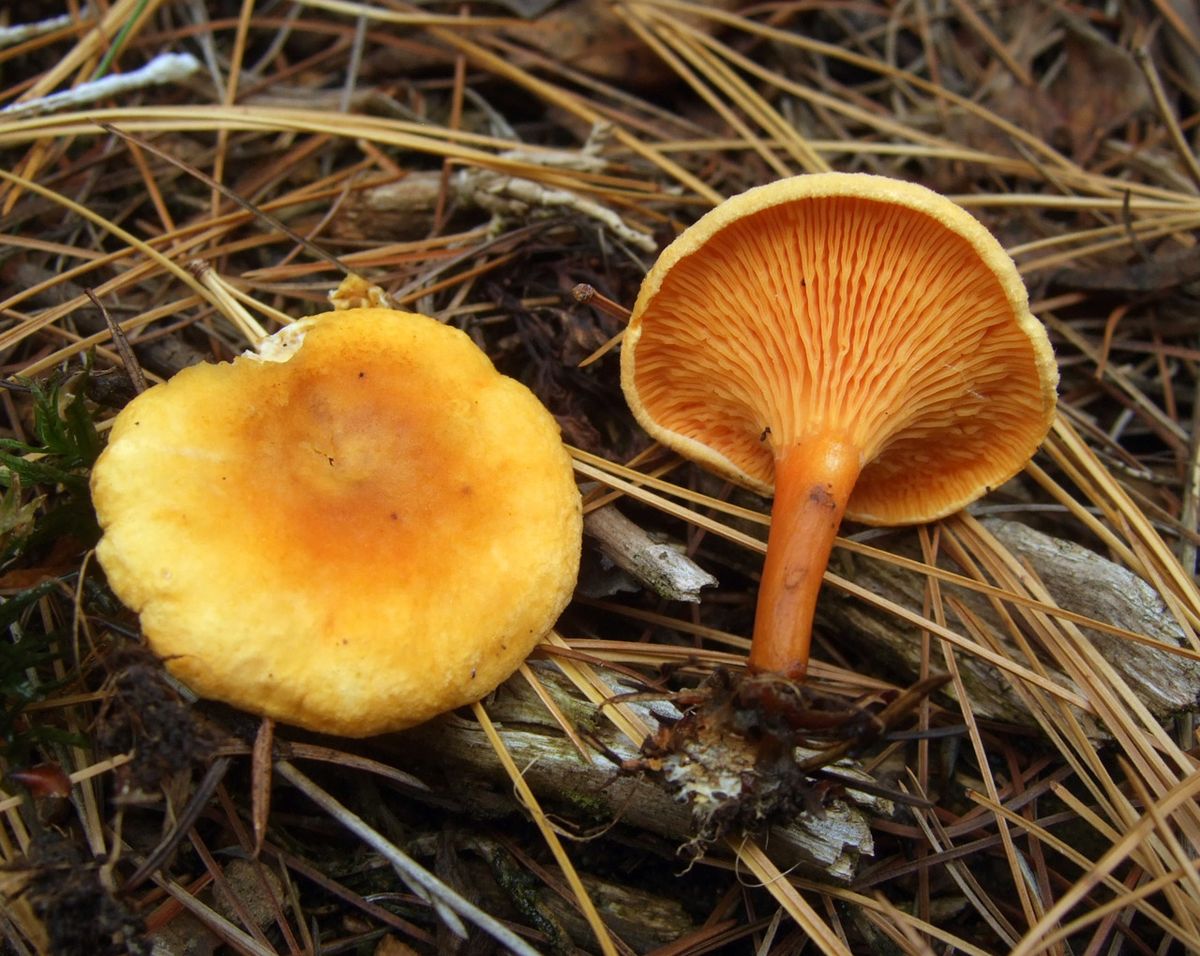

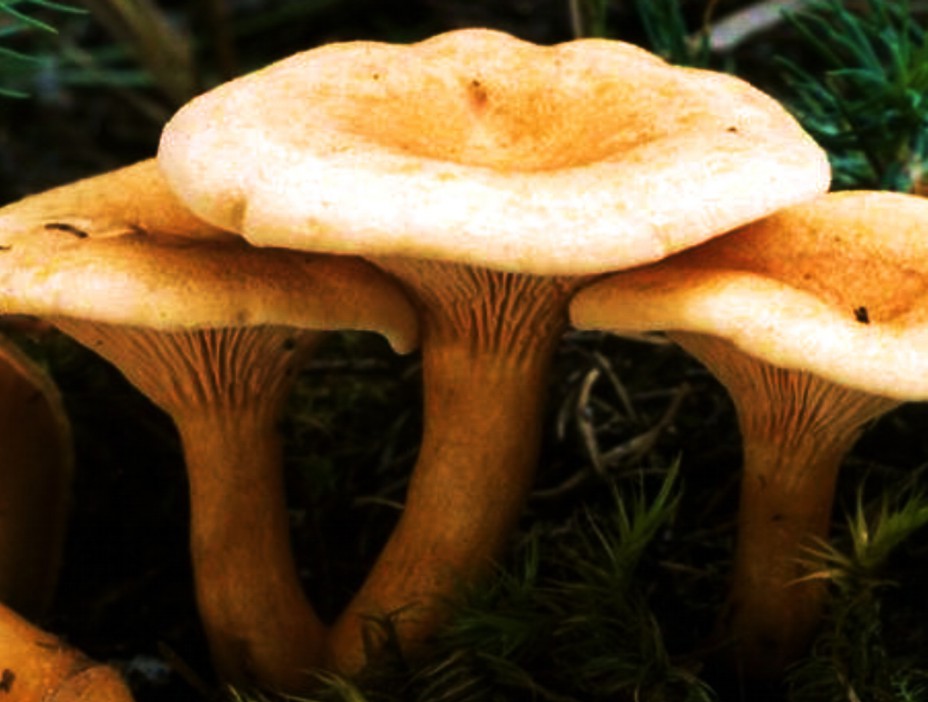
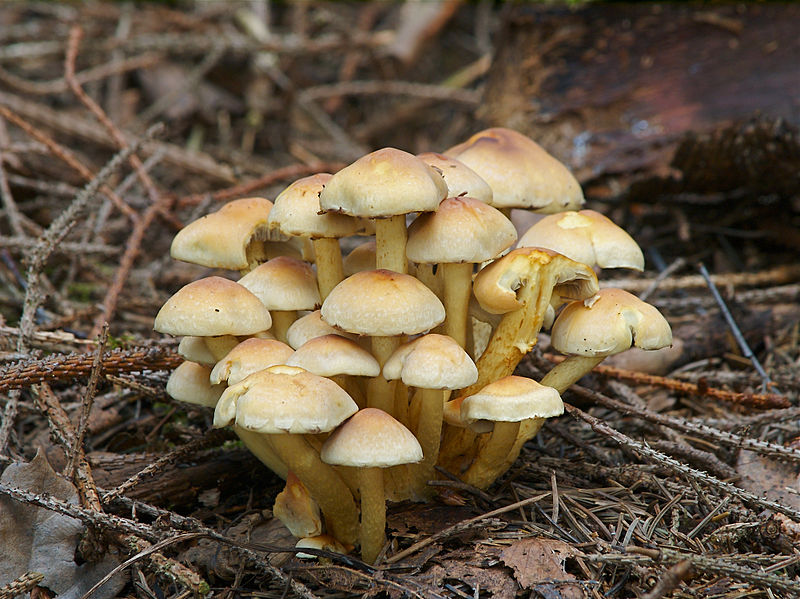
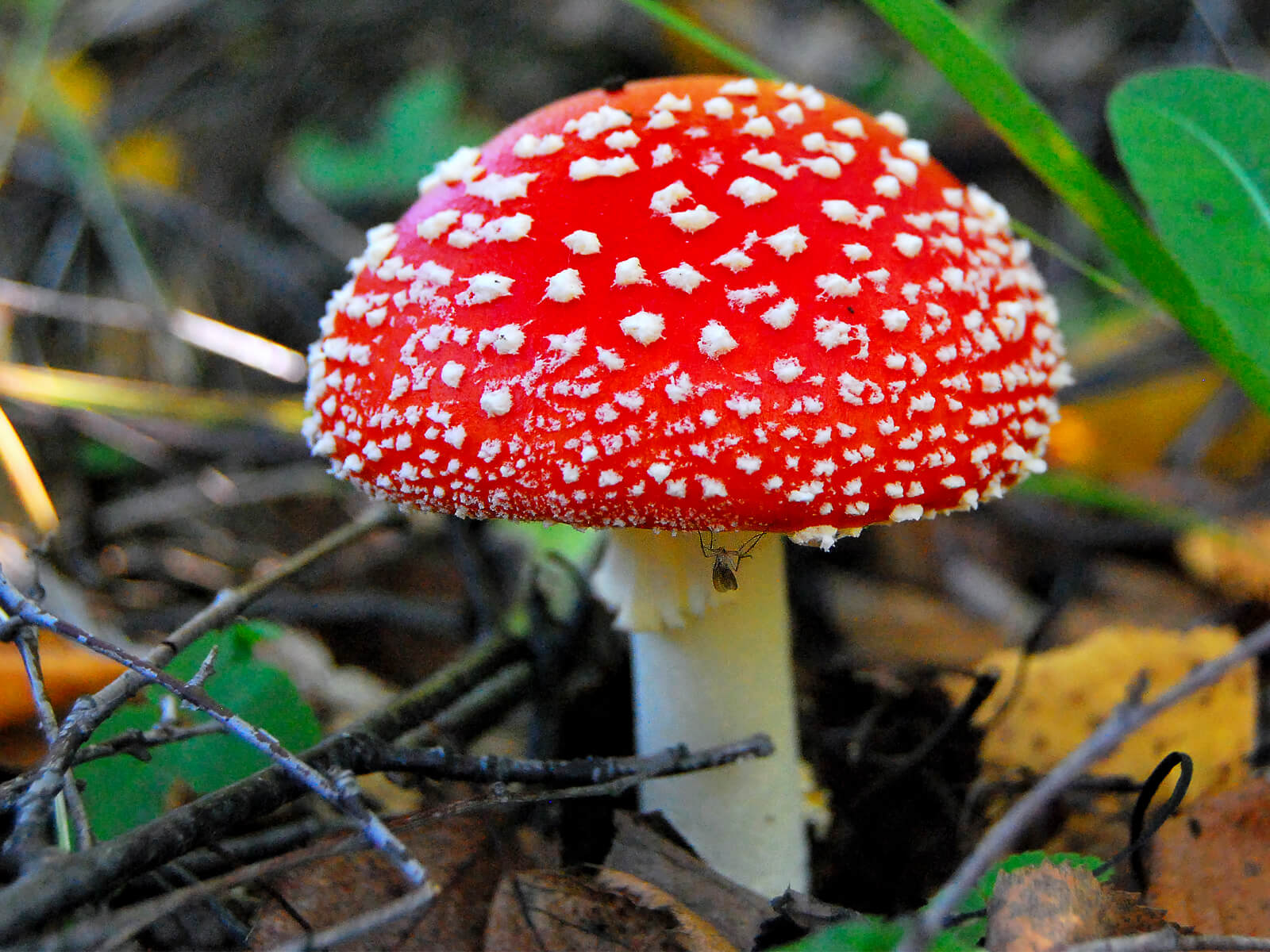
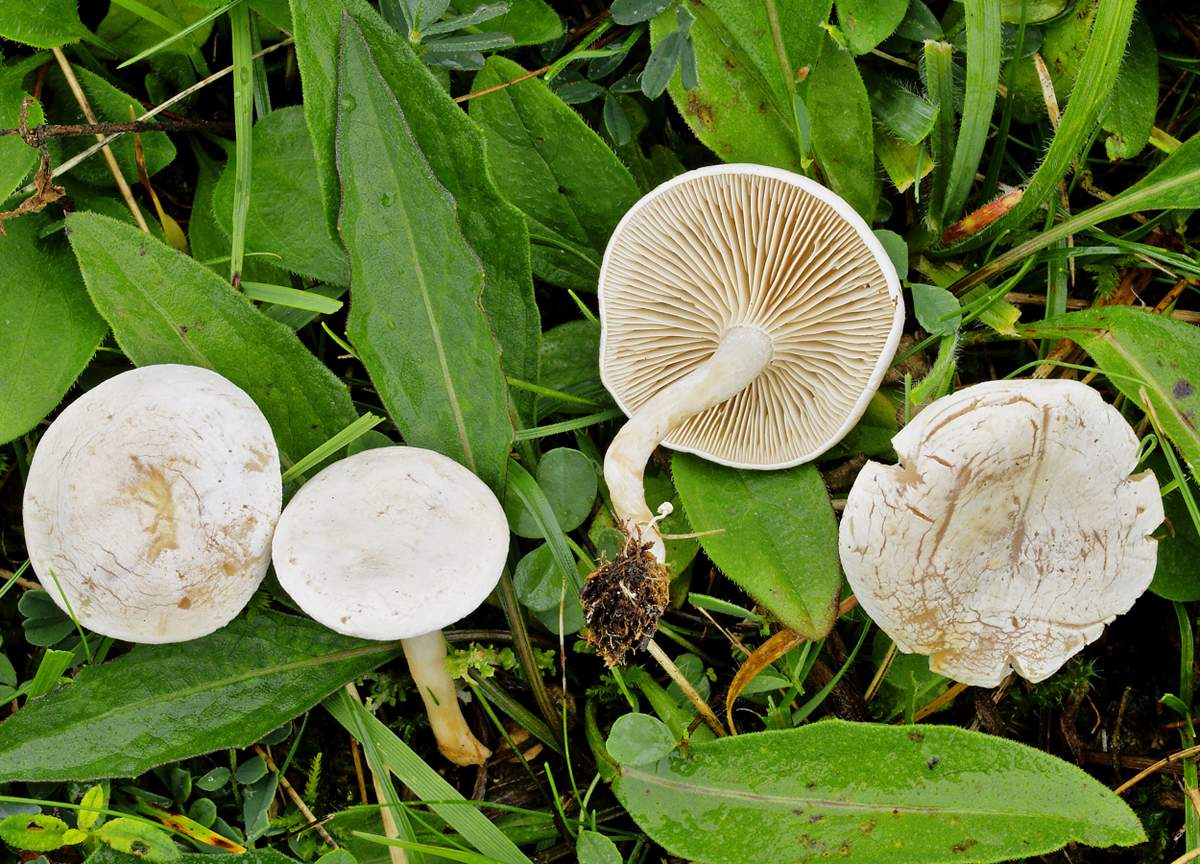
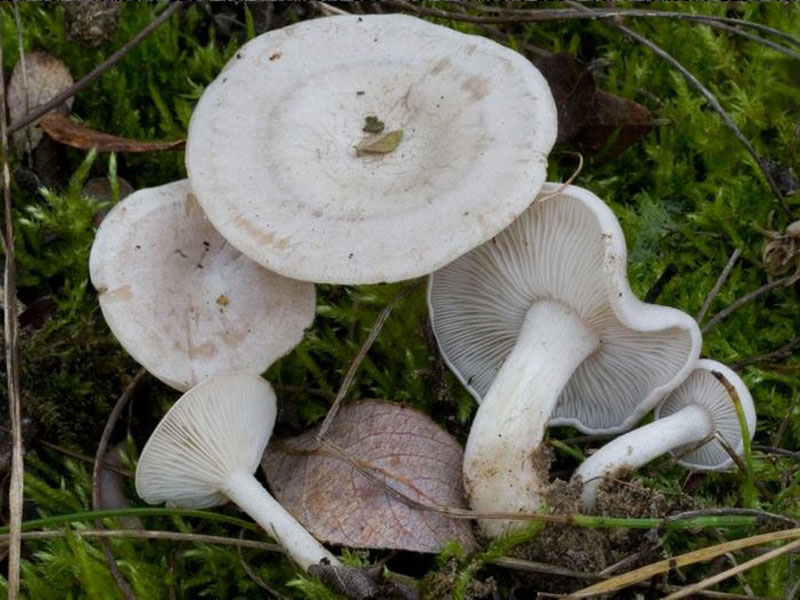
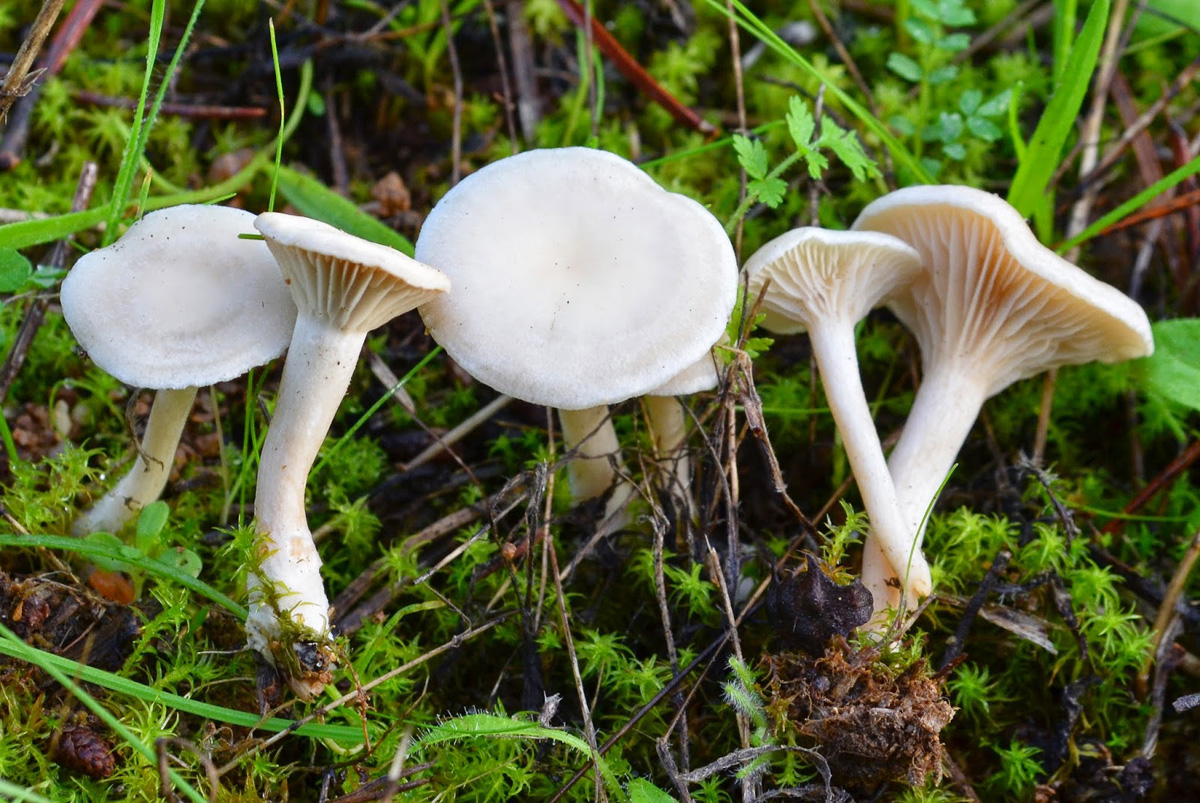
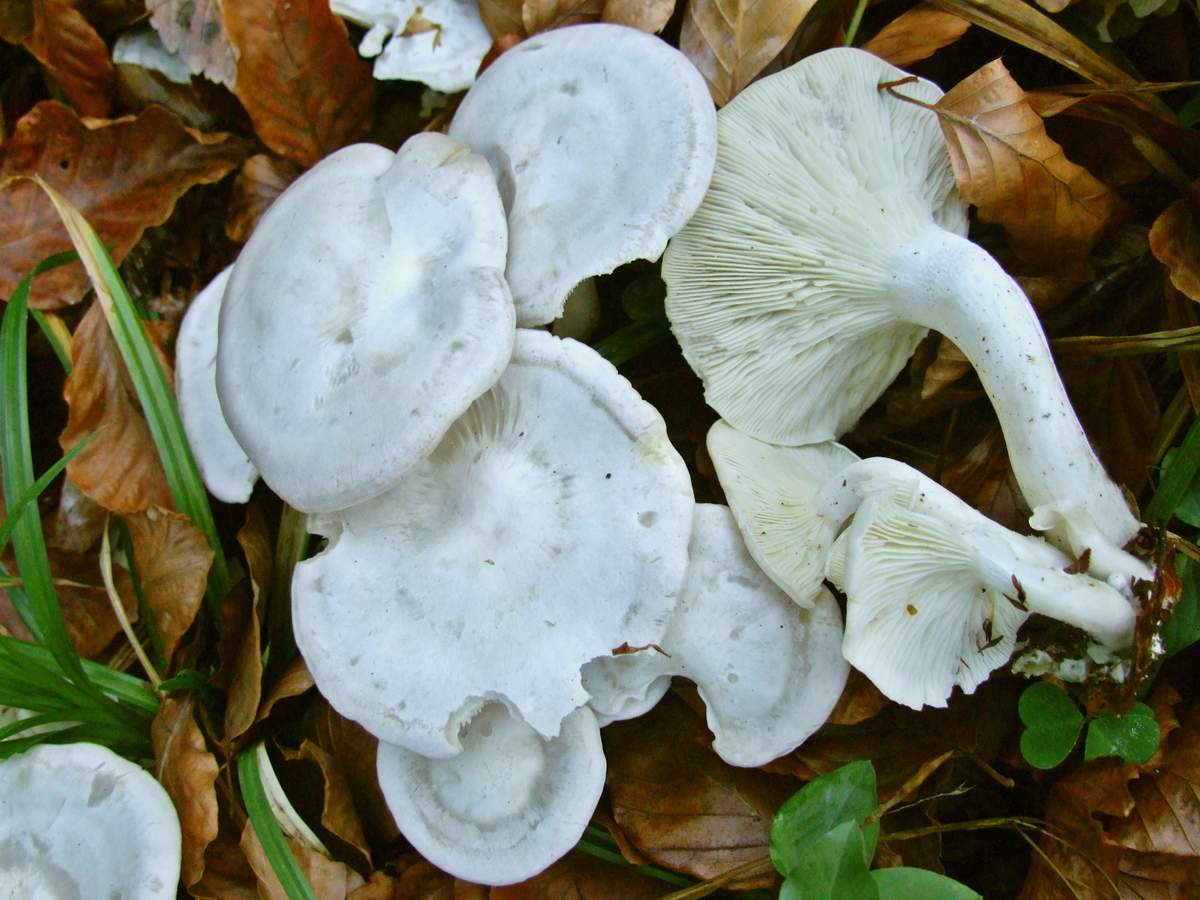
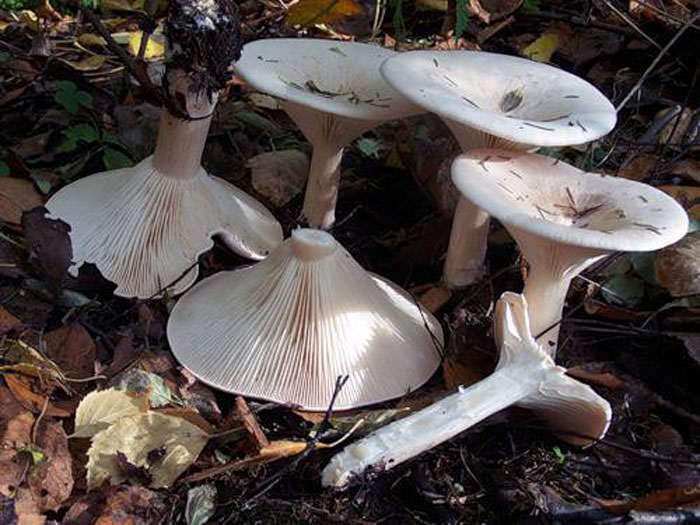
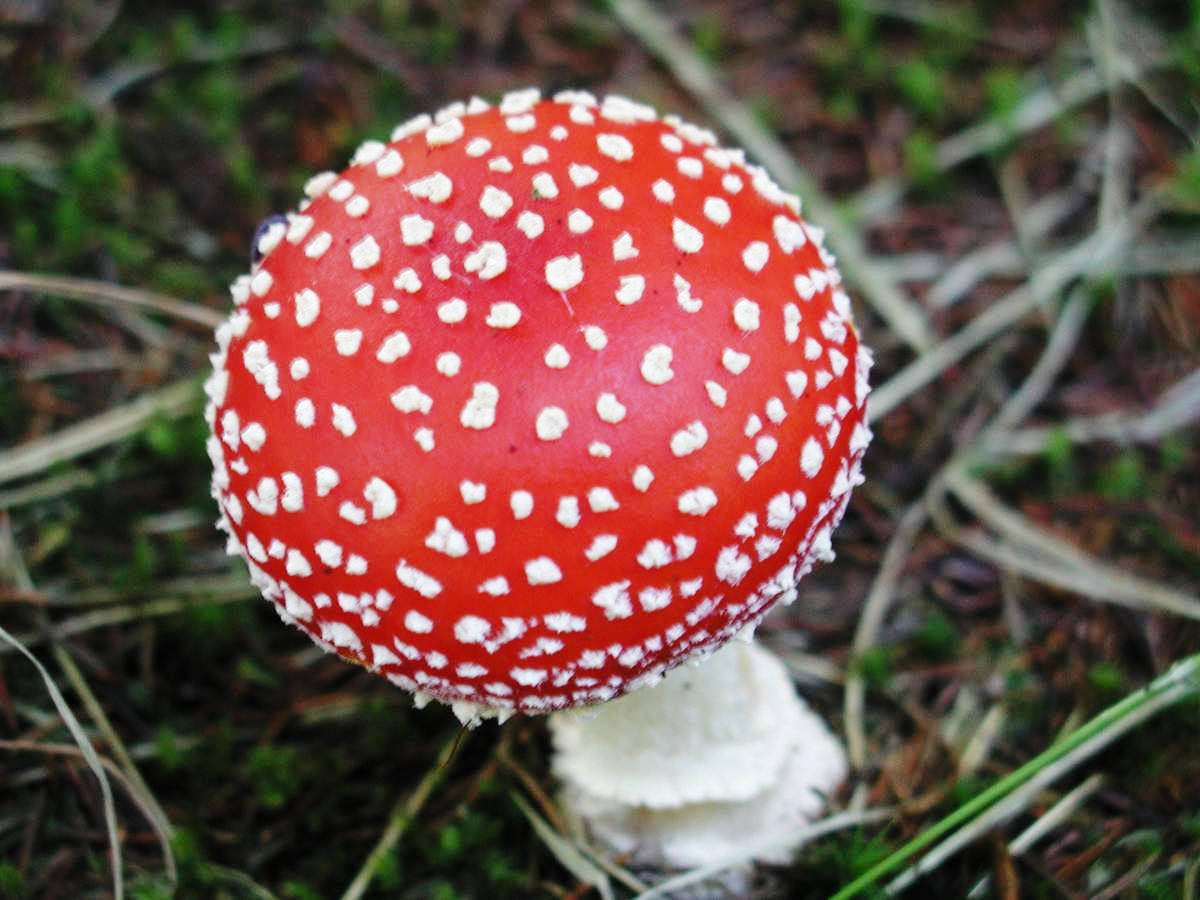
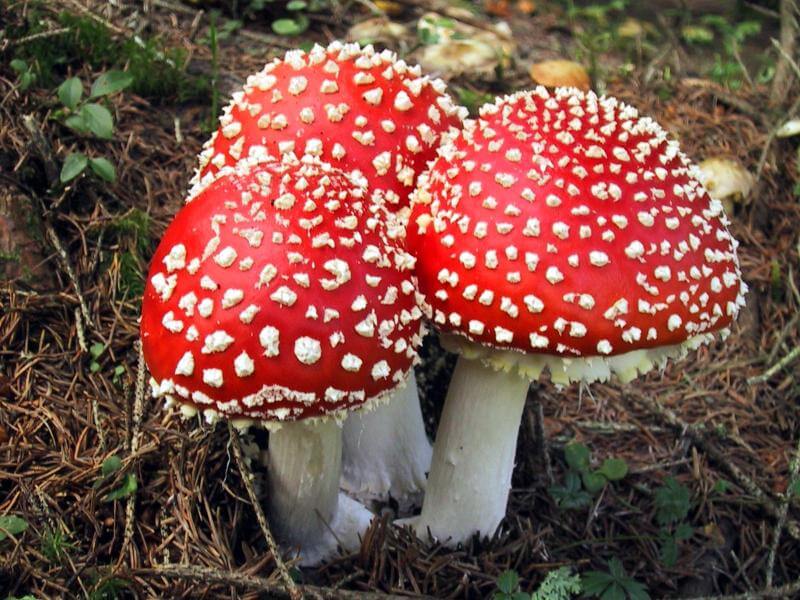
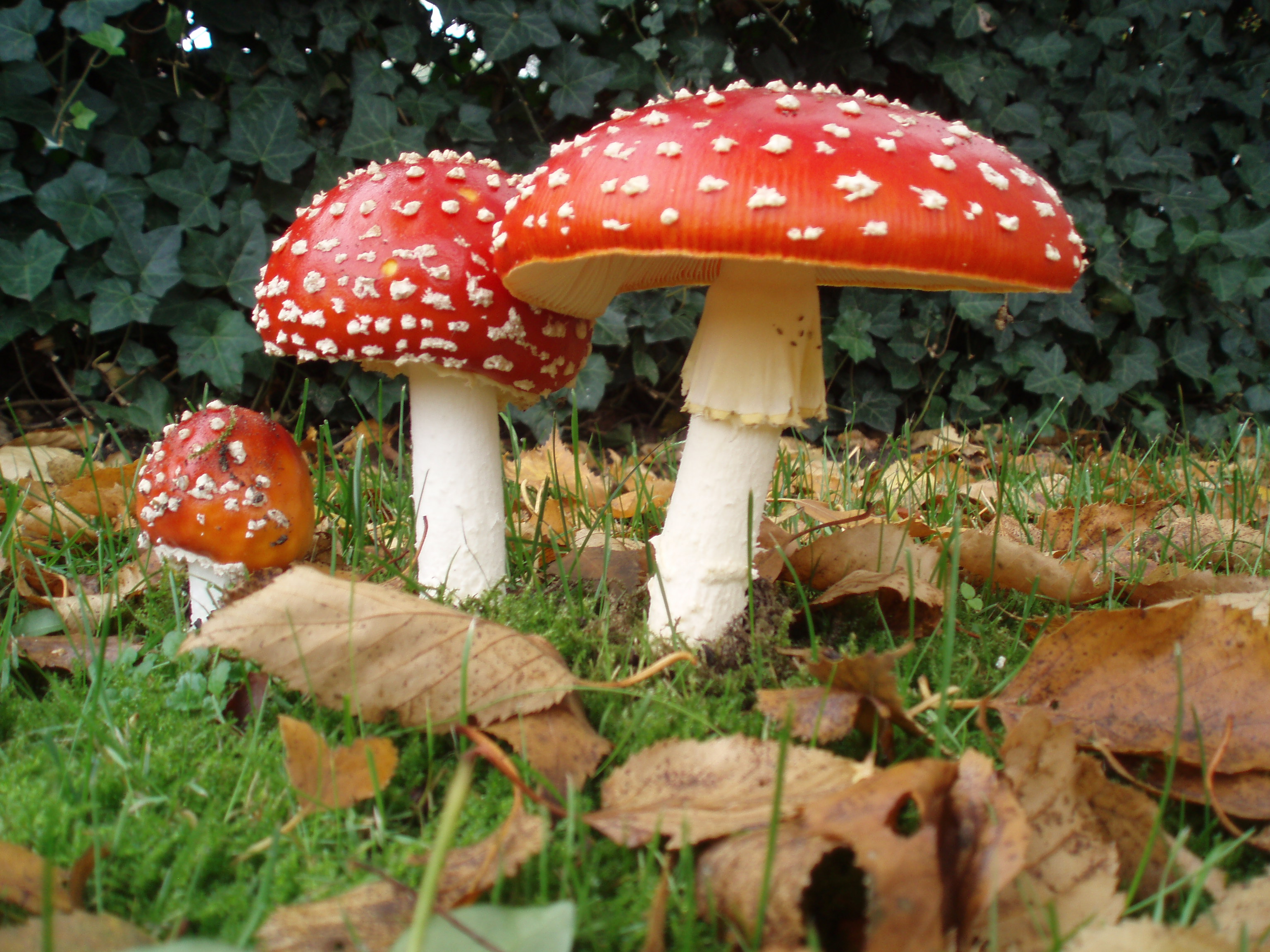
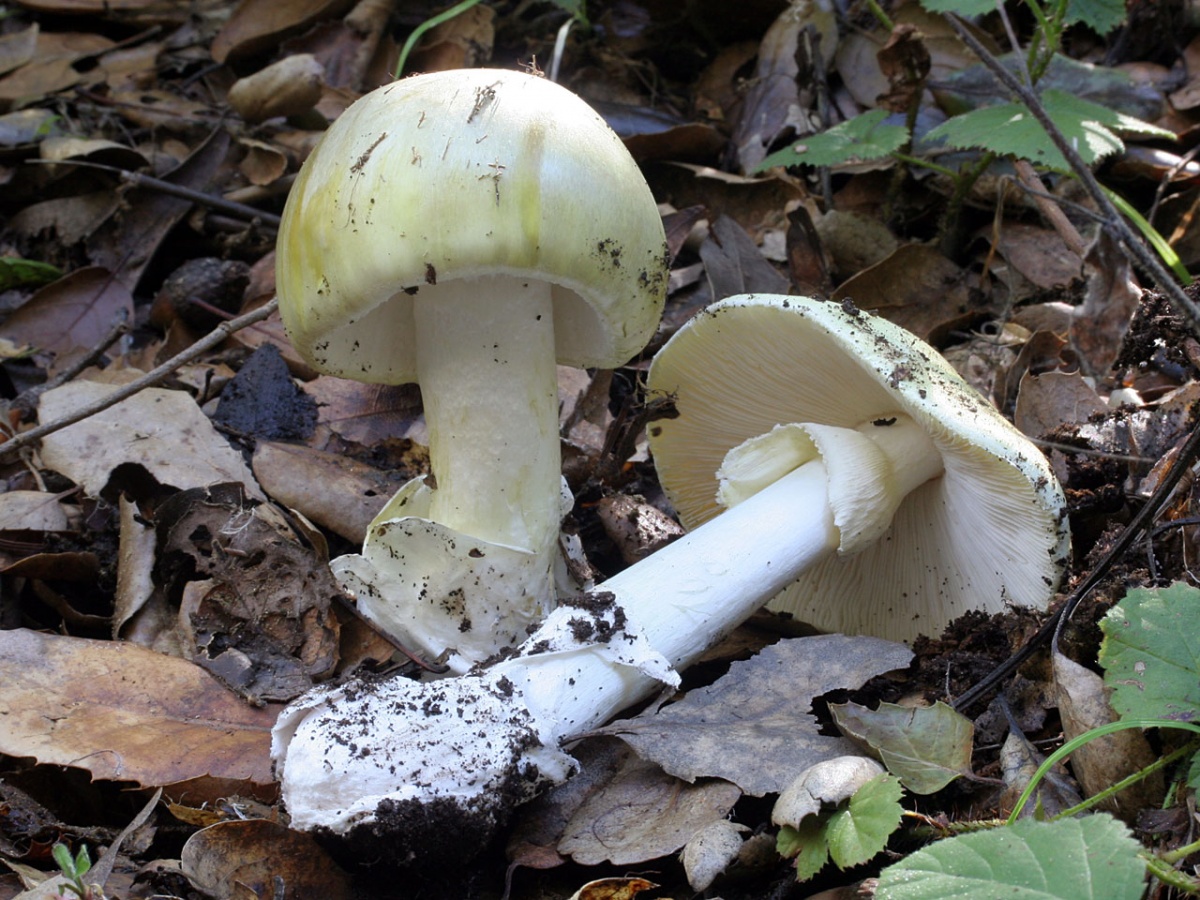
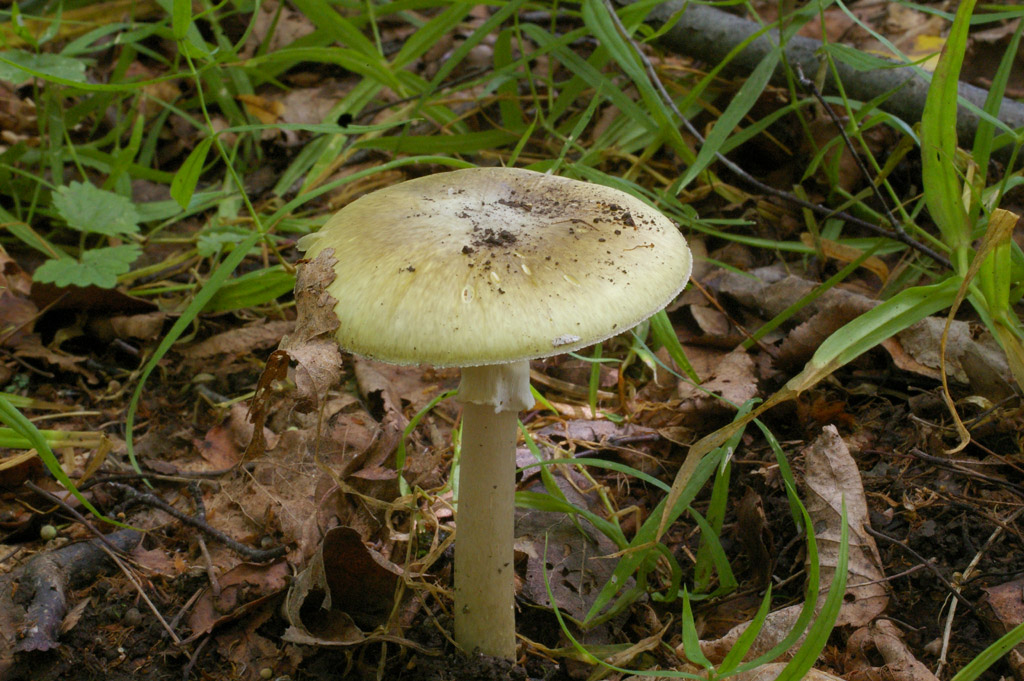
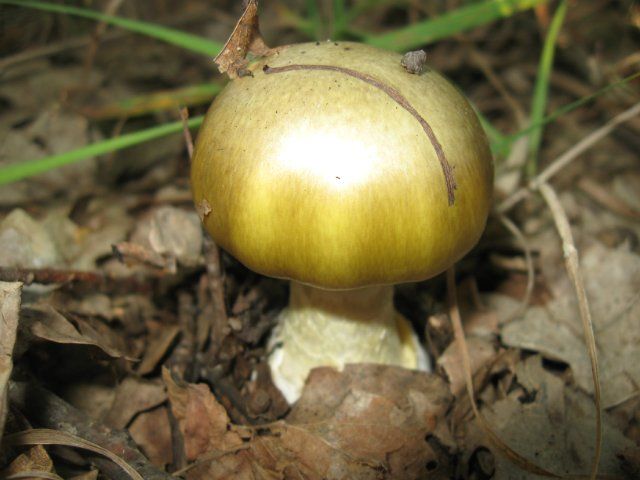



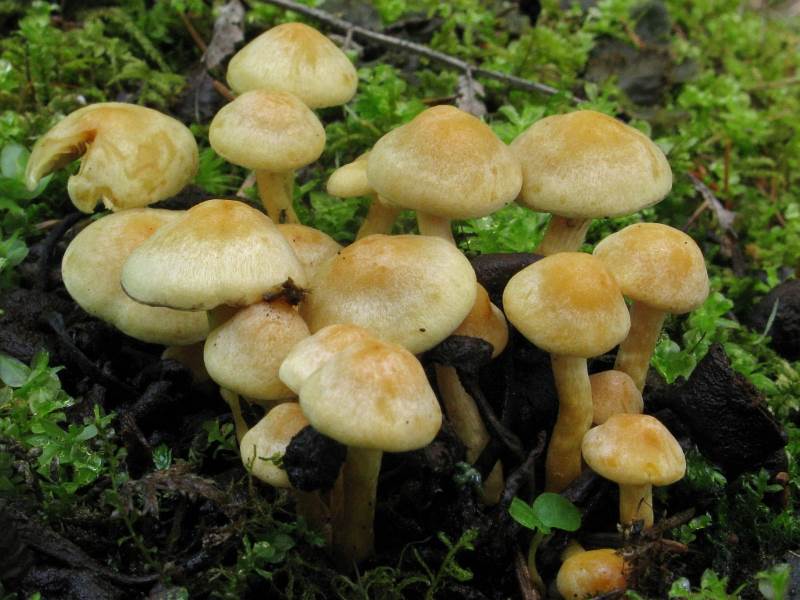
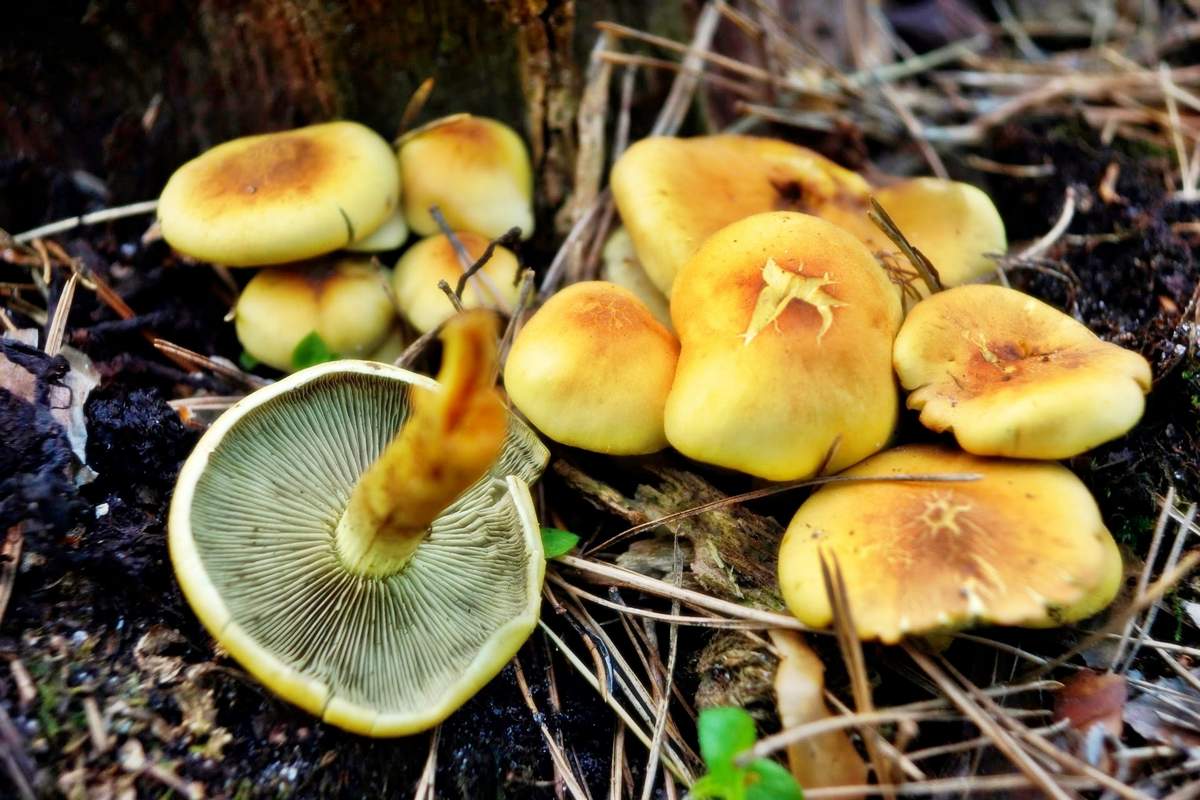
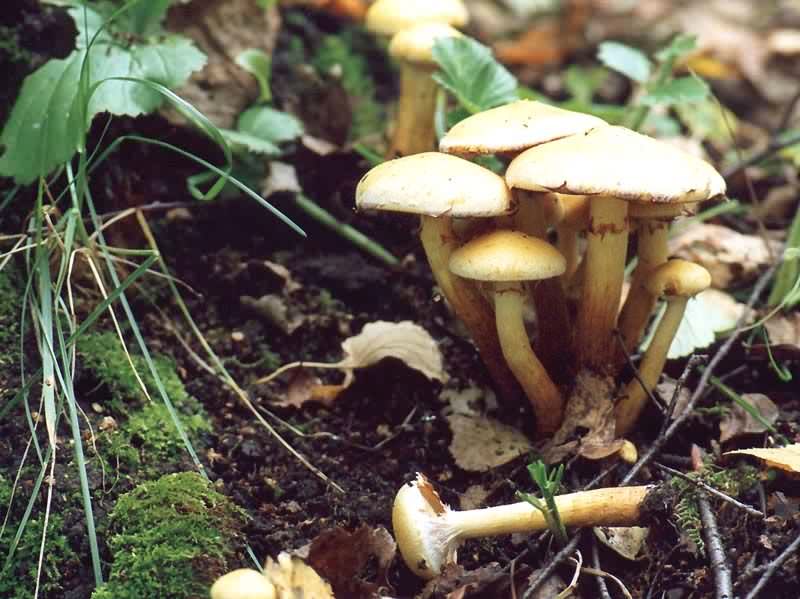

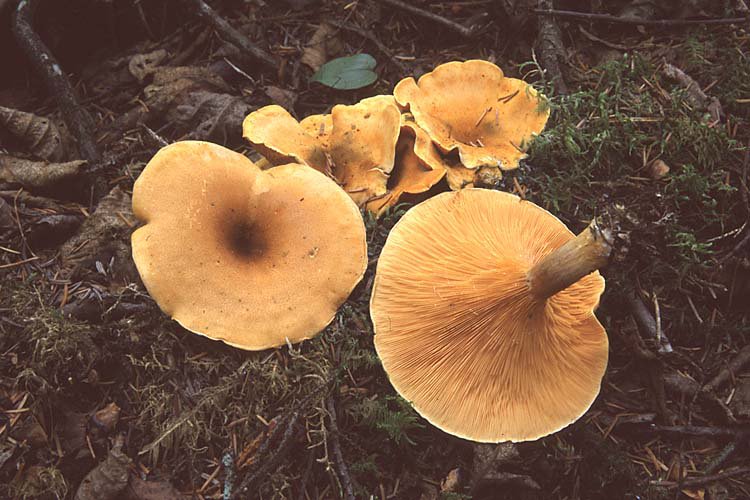
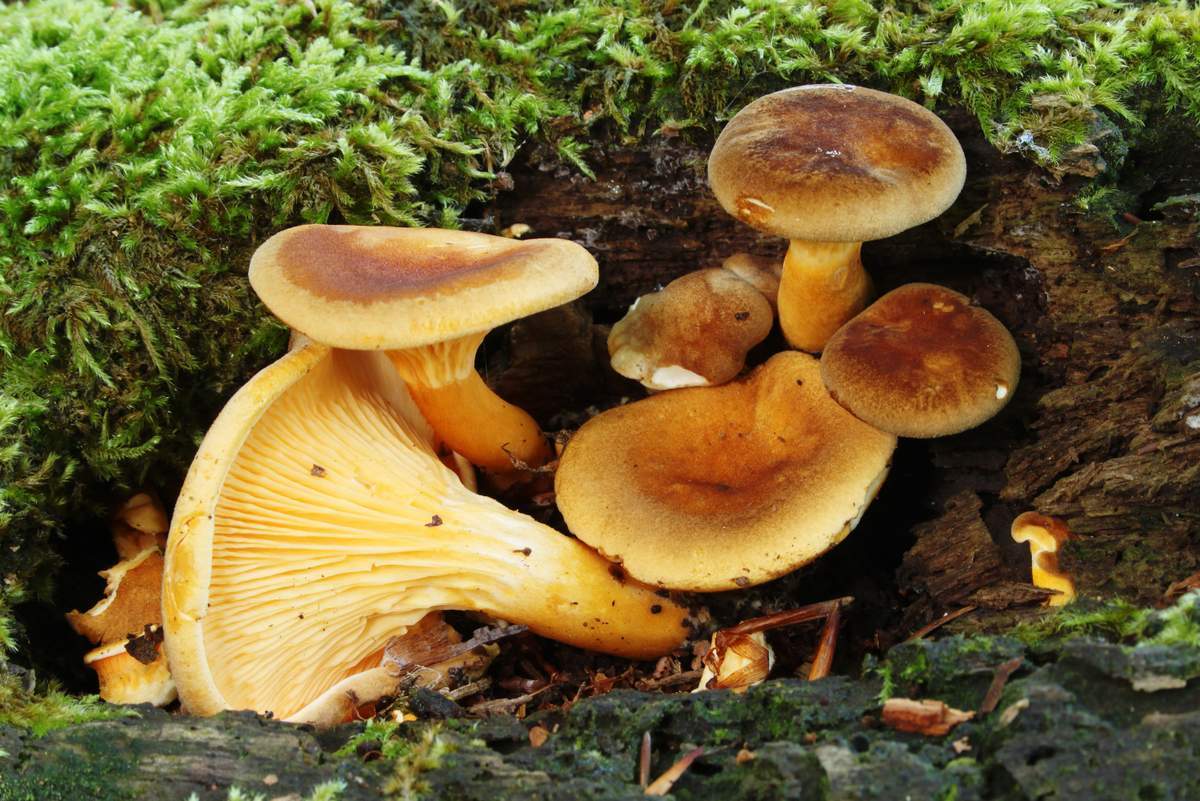
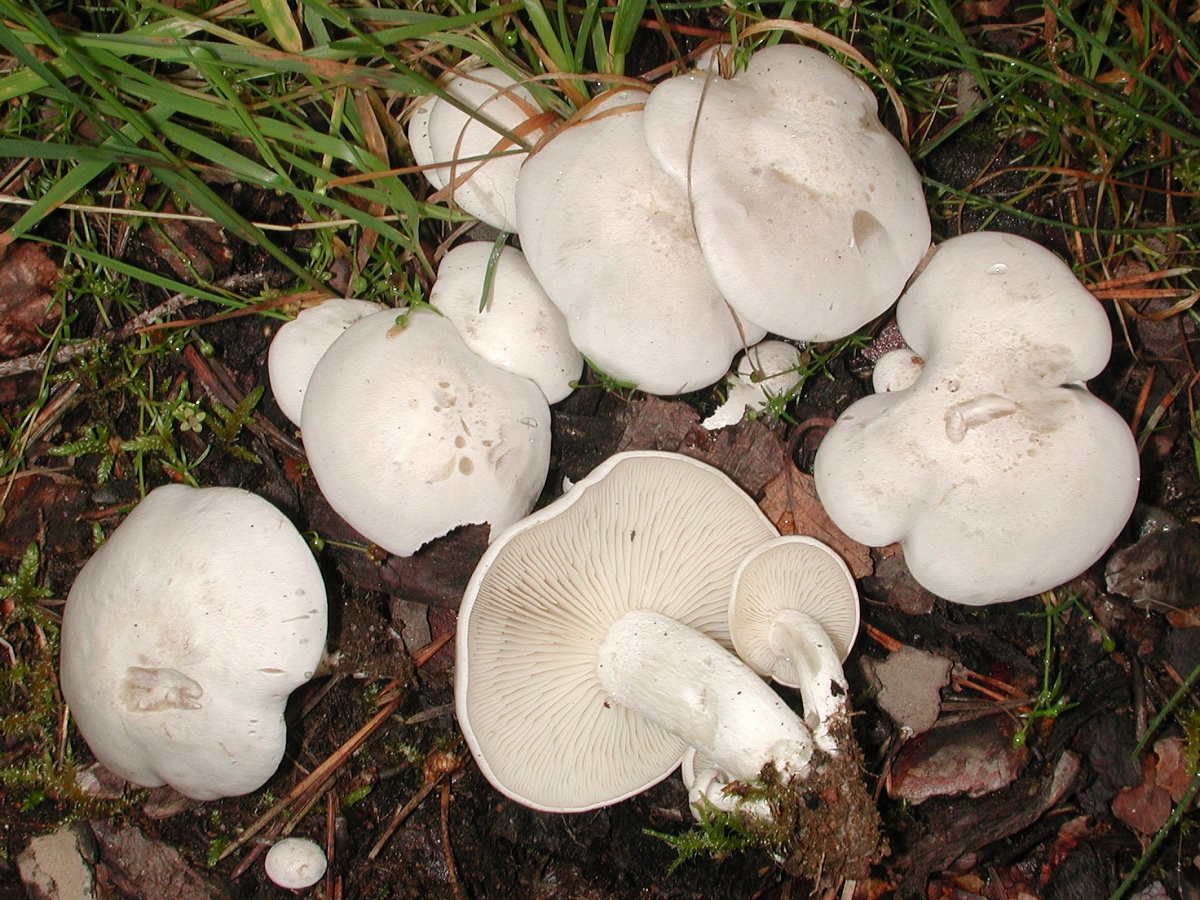
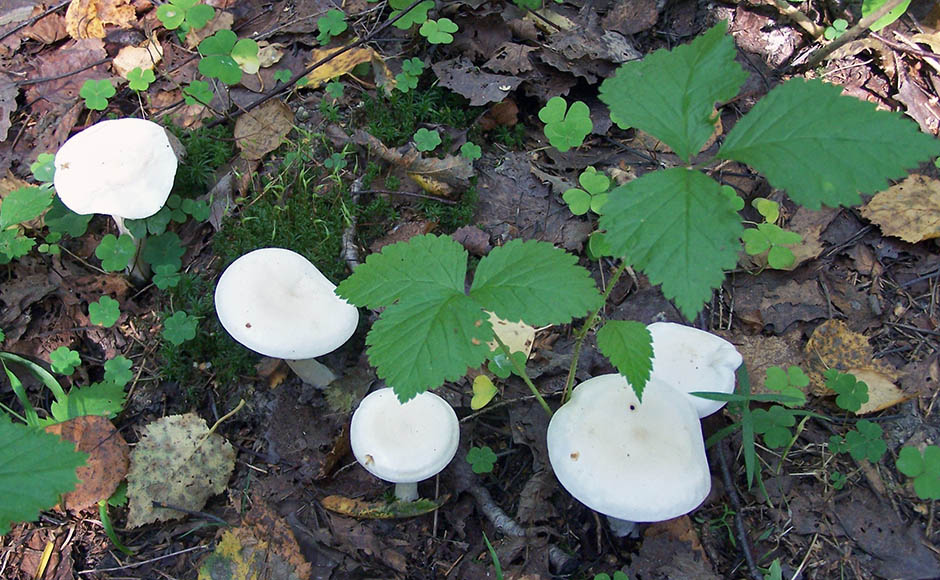
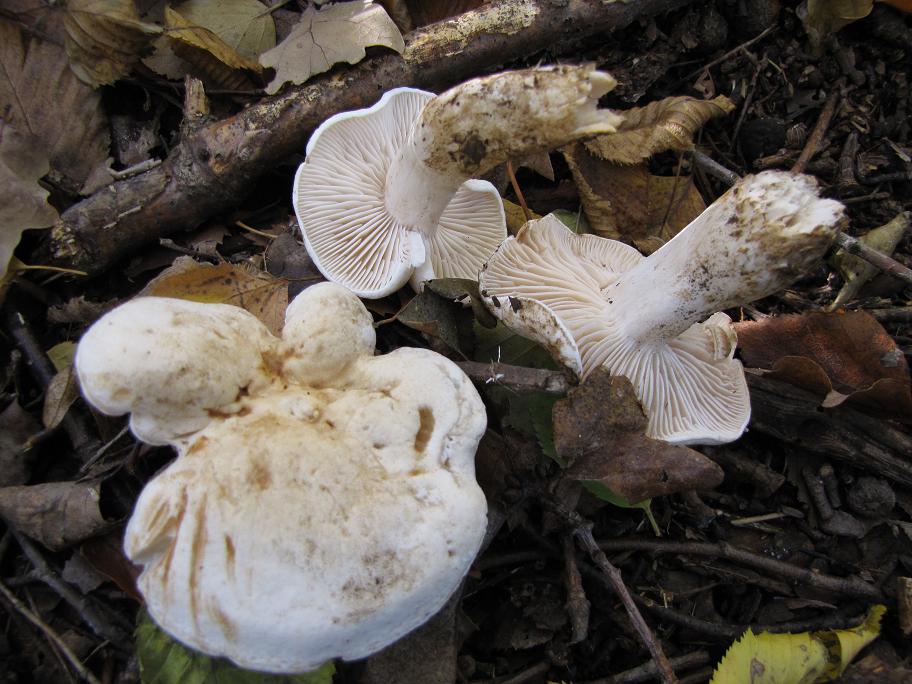
 Care and use of Kombucha at home (+22 photo)
Care and use of Kombucha at home (+22 photo) Edibility of the fungus of the motley umbrella and its description (+19 photo)
Edibility of the fungus of the motley umbrella and its description (+19 photo) Description of edible and inedible oils, their poisonous counterparts (+40 photos)
Description of edible and inedible oils, their poisonous counterparts (+40 photos) Useful properties of milk mushroom and its contraindications (+17 photos)
Useful properties of milk mushroom and its contraindications (+17 photos)